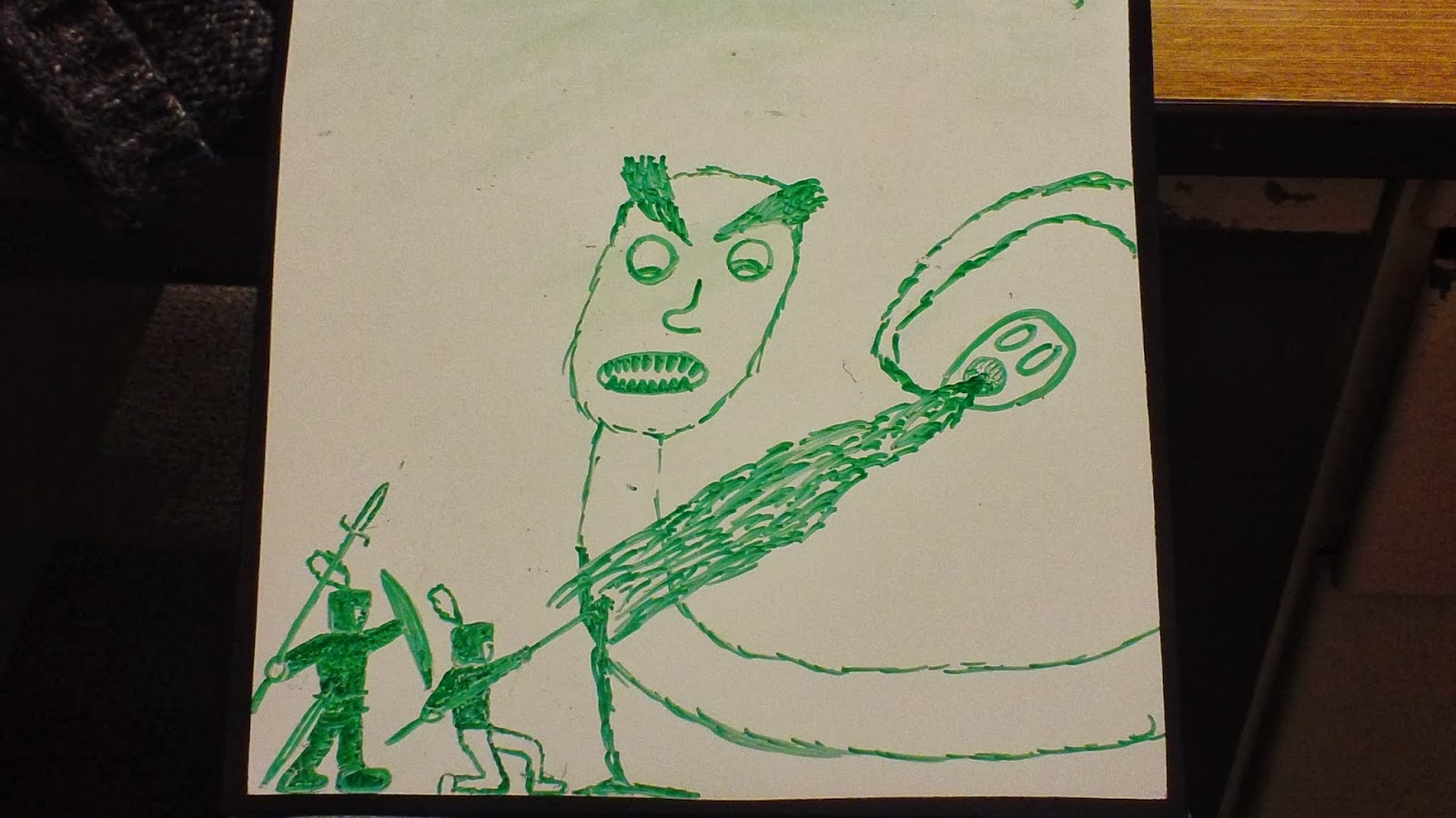I talked to my brother about two weeks ago and he told me about this problem he was working on. I used it in two of my geometry classes today, with mixed results. My students still aren't very good with solving problems without knowing the steps in advance, so I had some difficulty getting them to continue to stay interested when they didn't know quite what to do. I still like the problem. Here it is:
TV Problem
There are
two types of TV’s: the old tube TV and the new widescreen LCD TV. When you buy
a TV, they quote the size by the number of inches from one corner to the
opposite corner. The actual height and width of the TVs aren’t quoted at all.
However, you
can figure out the length and width of a TV by using the length of the diagonal
and the aspect ratio. The aspect ratio is the ratio between the length and
width of the TV. For an old tube TV, the aspect ratio is 4:3 (length : width).
For a new widescreen LCD TV, the aspect ratio is 16:9 (length : width). So no
matter how big the TV is, the ratio will always be the same.
QUESTION: My
brother Matt wants to buy a new TV for his arcade cabinet he’s putting in his
house. He wants to buy a 19” TV, but isn’t sure whether the old tube TV or the
new widescreen TV is going to give him more surface area and therefore more
pixels. He’s a video gamer, so more this matters to him. Which type of TV would
you recommend and why?
EXTENSION:
What percent larger (surface area) is the one screen than the other?




